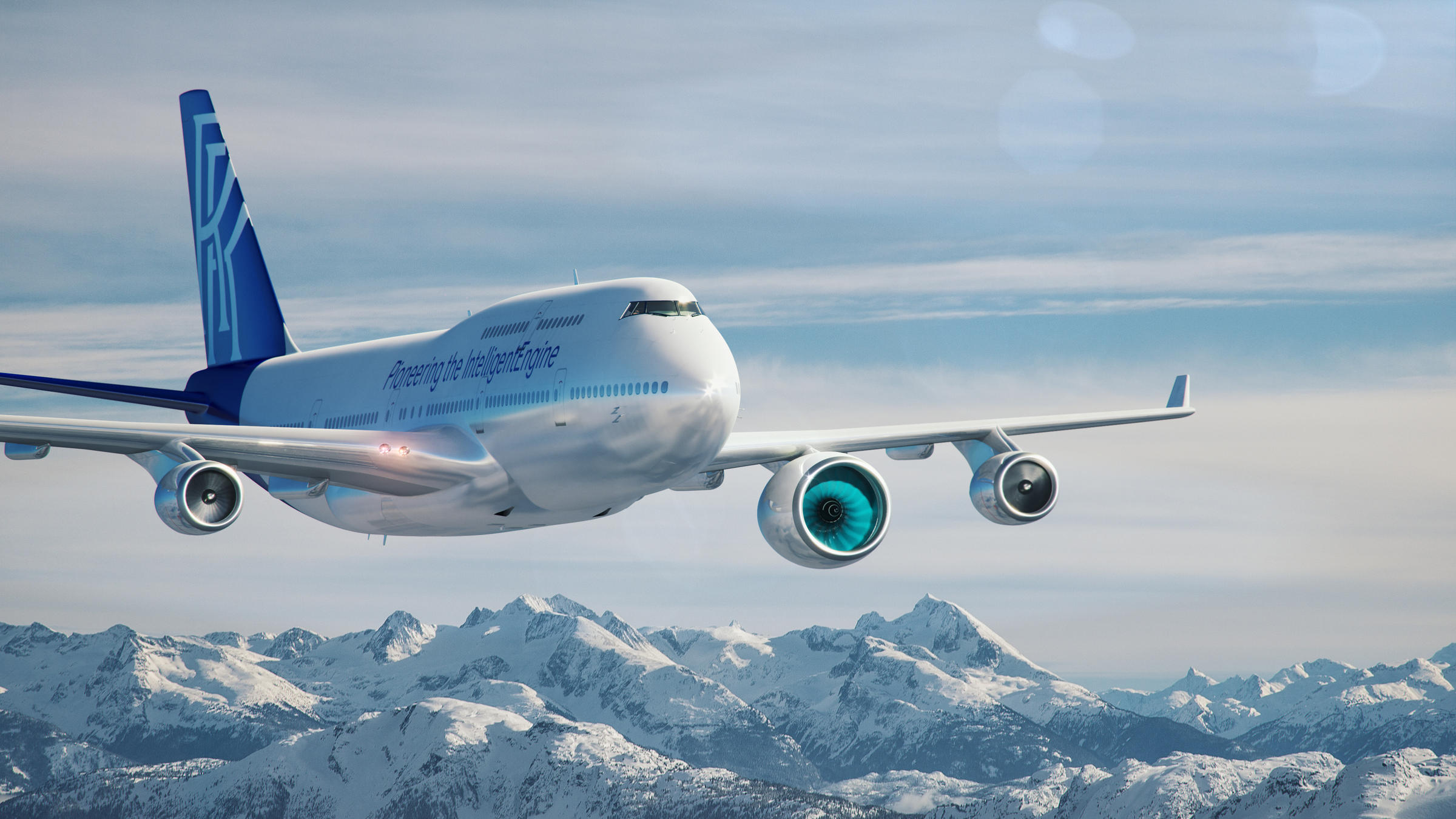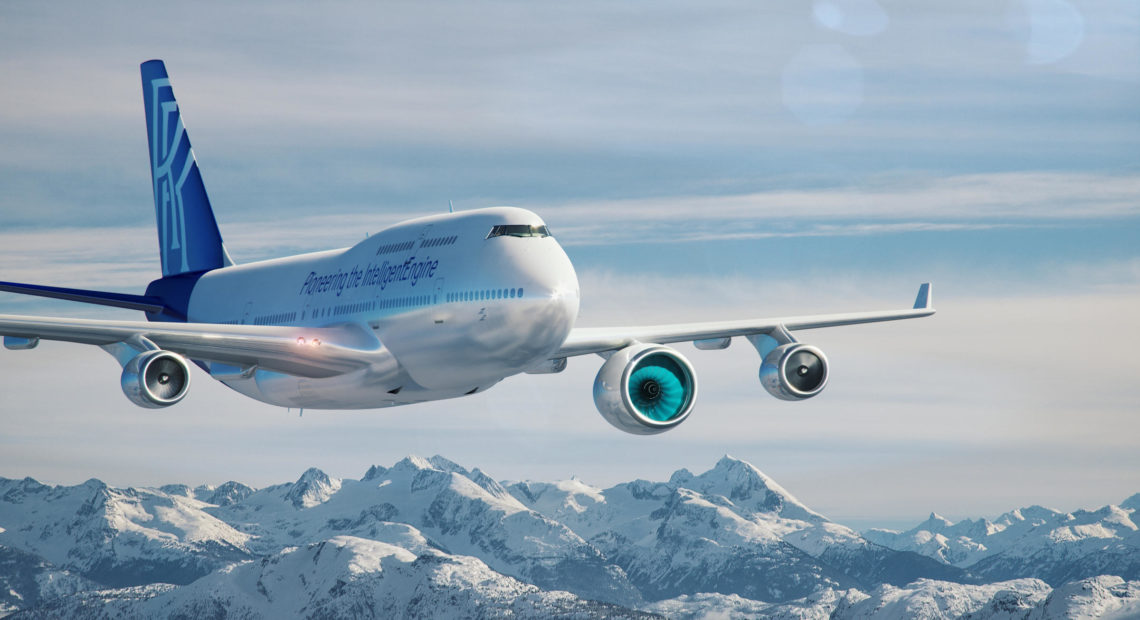
‘Queen Of The Skies’ 747 Returns To Central Washington To Become Flying Testbed
READ ON
An iconic Boeing jet model nicknamed the Queen of the Skies swooped back into Moses Lake, Washington, Tuesday where it once was a regular presence. This queen will be accessorized to carry bling under its wing while it’s there.
The landing and handover of the retired Boeing 747 from Qantas Airways drew a crowd to Grant County International Airport. Aviation engineering contractor AeroTEC will now modify the jumbo jet into a flying testbed for its new owner, British airplane engine maker Rolls-Royce.
“The Queen of the Skies will become the jewel in the crown of our global test programmes,” said Gareth Hedicker, director of development and experimental engineering at Rolls-Royce, in a statement Tuesday. “This is a significant investment that will expand our world-leading test capabilities even further and will allow us to obtain more flight test data than ever before.”
A flying testbed is useful for validating performance at altitude and under full-speed flight conditions. Rolls-Royce said it will use the revamped 747-400 to test the next generation of aircraft engines. This could result in odd scenes like mismatched engines under one wing or a business jet engine running on a pylon jutting out from the upper deck hump.
The estimated two-year conversion of the jumbo jet could bring back memories in Central Washington. Boeing 747s used to be a common sight back when Japan Airlines trained its pilots to fly them at Moses Lake. That lasted for almost four decades until 2008.
AeroTEC said the jumbo jet conversion project will create 40 jobs at its Moses Lake flight test facility.
“This testbed will enable the development of new, highly-advanced engine technologies designed to increase efficiency and minimize environmental impacts,” said AeroTEC president and founder Lee Human in a statement. “Our engineering, modification and test teams in Seattle and Moses Lake are already hard at work preparing to bring Rolls-Royce’s vision to reality.”
Rolls-Royce said when the conversion from commercial passenger configuration is completed, the new flying testbed will serve alongside an older 747-200 that it acquired for the same purpose years ago. A Rolls-Royce North America spokesperson said the base of operations for the newly-acquired jumbo has not been determined yet.
Rolls-Royce is currently trying to overcome problems with its Trent 1000 engine model, which powers Boeing 787s. Some airline customers had to ground Dreamliner jets to fix premature corroding or cracking of engine blades in high-pressure turbines.
General Electric is one of Rolls-Royce’s primary competitors in the commercial jet engine market. GE Aviation operates a Boeing 747 flying testbed of its own. The American conglomerate is also having troubles with jet engine development. This involves the enormous GE9X engine, which will power Boeing’s new 777X widebody airliner.
Related Stories:
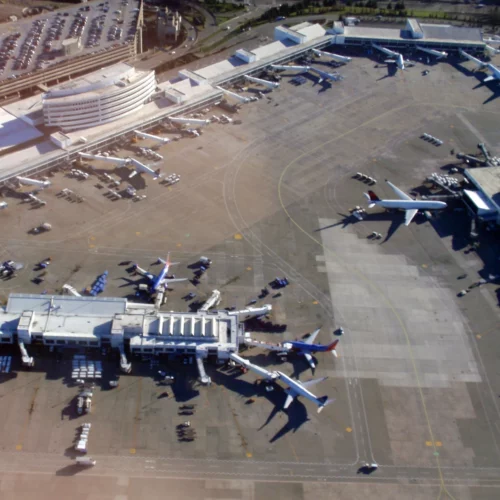
WA airport search committee disbands without site recommendation after turbulent process
A Washington committee studying options for a new regional airport location met for the final time Friday, and will disband at the end of this month without recommending a single site to the Legislature.
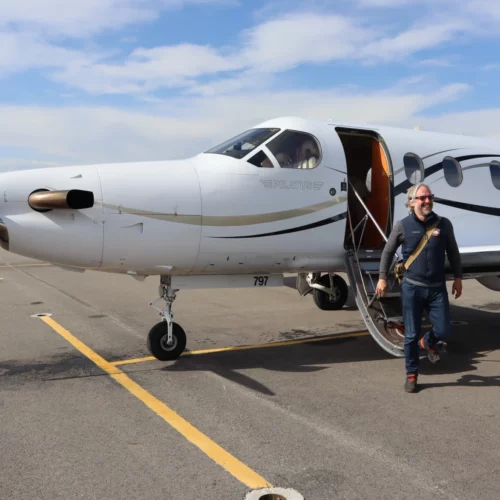
Pacific Northwest startup wants to expand private flying beyond the ultra-rich
For a few years now, aviation enthusiasts have teased the idea of a Jetsons-style future in which small electric aircraft whisk us to work or across the state and region. That future is not here yet, though a handful of companies, including one based in the Pacific Northwest, are trying to get a head start on the future of flying using conventional planes.
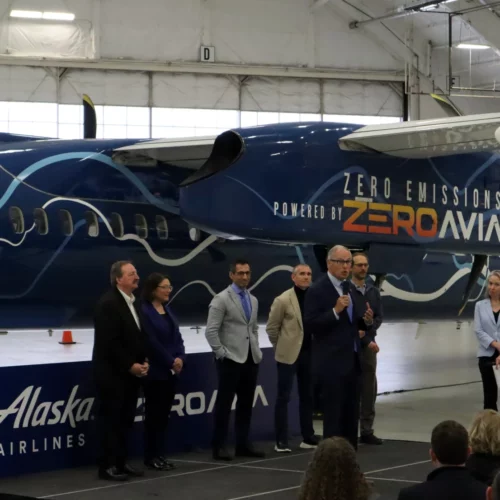
Retired Alaska Airlines turboprop to get new life as ‘world’s largest’ hydrogen-powered plane
Alaska Airlines ceremonially handed over a surplus turboprop airliner on Monday to a company that aims to turn it into the largest hydrogen-powered plane yet to fly.

